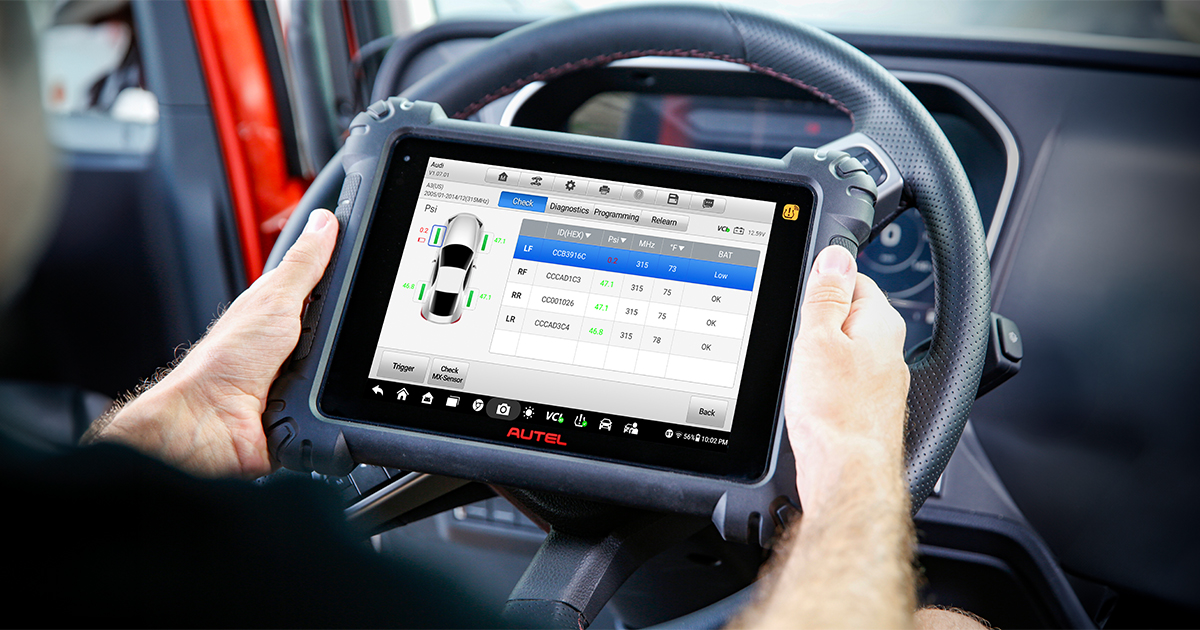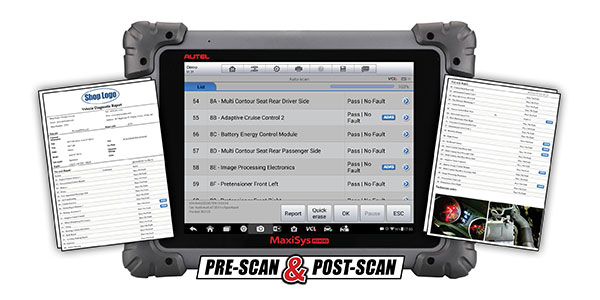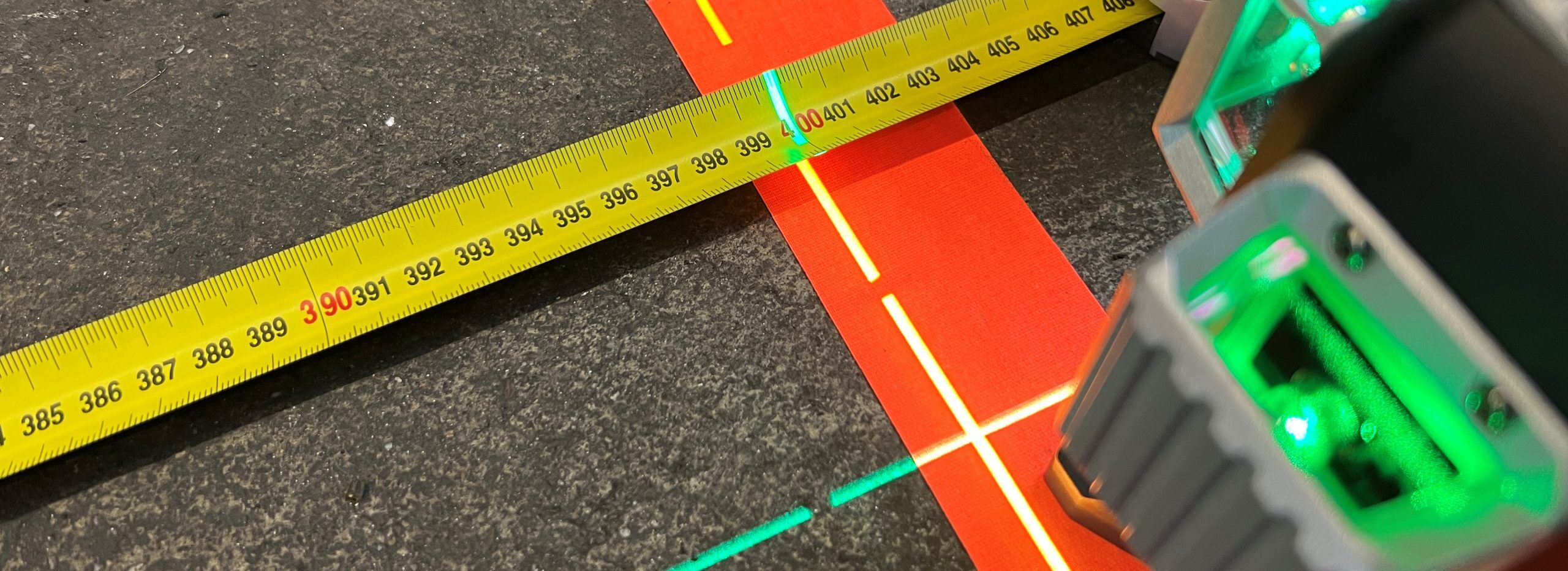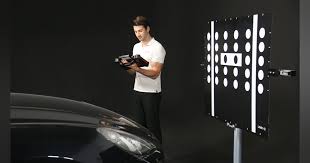Advanced Driver Assistance Systems (ADAS) have become standard in modern vehicles, improving safety and enhancing driver confidence. But for repair shops, calibration errors can be costly—leading to system malfunctions, liability issues, and unhappy customers. Understanding common pitfalls and how to avoid them can save you time, money, and frustration.
Here are five common ADAS calibration errors and actionable tips to avoid them.
1. Missing Required Calibrations
The Error
Overlooking a required calibration because of incomplete diagnostic scans or misinterpreted repair needs.

Why It Happens
Diagnostic tools sometimes fail to detect all calibration requirements, especially if repair orders are incomplete or sensors were disturbed during unrelated work.
How to Avoid It
- Use advanced diagnostic tools that highlight all required calibrations based on repair history.
- Cross-check with OEM position statements to ensure no sensor is left uncalibrated.
- Leverage ADAS calibration software that automatically flags necessary procedures for the specific make and model of the vehicle.
2. Skipping Pre-Calibration Scans
The Error
Skipping a pre-calibration scan to save time can lead to missed Diagnostic Trouble Codes (DTCs) or underlying issues.

Why It Happens
Shops may assume that calibration is only necessary for visible damage, but DTCs can indicate deeper system issues.
How to Avoid It
- Perform a pre-scan on every vehicle before starting repairs, no matter how minor.
- Use the scan results to document the vehicle’s initial condition, providing justification for required calibrations.
3. Improper Setup for Static Calibrations
The Error
Incorrect positioning of calibration targets leads to inaccurate sensor alignment.

Why It Happens
Static calibrations often require precise measurements and ideal environmental conditions, which can be overlooked.
How to Avoid It
- Follow the OEM guidelines for calibration target placement, distance, and angles.
- Ensure your calibration area has controlled lighting and a level surface.
- Regularly train technicians on static calibration procedures to minimize setup errors.
4. Ignoring Environmental Factors
The Error
Performing dynamic calibrations in poor weather, uneven terrain, or heavy traffic impacts calibration accuracy.

Why It Happens
Technicians may rush through the process without accounting for external conditions.
How to Avoid It
- Schedule dynamic calibrations for clear weather and low-traffic times.
- Choose smooth, straight roads that meet OEM-specified conditions.
5. Failing to Document Calibration Results
The Error
Not keeping detailed records of pre- and post-calibration scans, setup procedures, and outcomes.

Why It Happens
Shops may underestimate the importance of documentation or lack a standard process.
How to Avoid It
- Create a standardized checklist for every calibration, including pre- and post-scan reports, target setups, and final results.
- Use diagnostic tools that automatically generate detailed calibration reports for easy storage and sharing.
In Short: Use the Right Tools and Take Proper Steps
- Invest in advanced diagnostic tools and regularly update software.
- Train technicians on OEM-specific calibration requirements and procedures.
- Document every step of the calibration process to avoid disputes and ensure accuracy.
By addressing these common errors head-on, repair shops can improve efficiency, reduce liability risks, and deliver better outcomes for their customers.
If you liked this content, please subscribe to our newsletter for more great posts.

